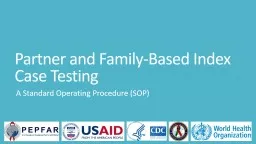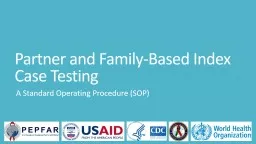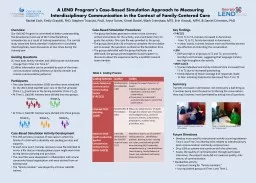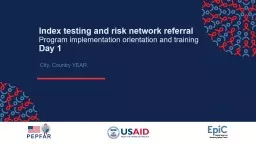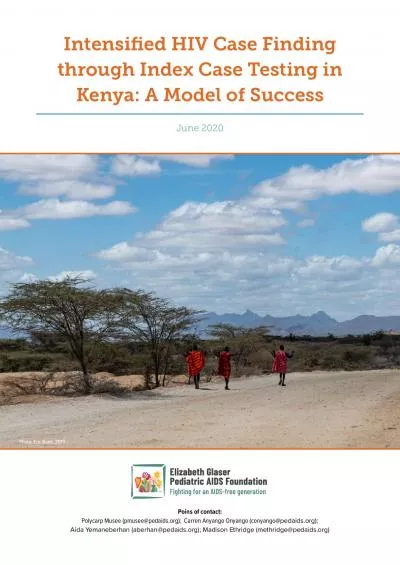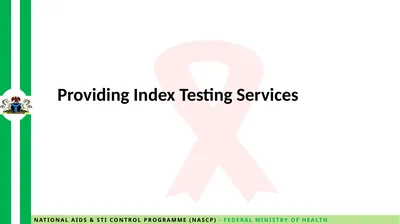PPT-Partner and Family-Based Index Case Testing
Author : aaron | Published Date : 2019-02-02
A Standard Operating Procedure SOP Progress toward the first 90 2015 Source UNAIDS 2016 based on 2015 measure derived from data reported by 87 countries which
Presentation Embed Code
Download Presentation
Download Presentation The PPT/PDF document "Partner and Family-Based Index Case Test..." is the property of its rightful owner. Permission is granted to download and print the materials on this website for personal, non-commercial use only, and to display it on your personal computer provided you do not modify the materials and that you retain all copyright notices contained in the materials. By downloading content from our website, you accept the terms of this agreement.
Partner and Family-Based Index Case Testing: Transcript
Download Rules Of Document
"Partner and Family-Based Index Case Testing"The content belongs to its owner. You may download and print it for personal use, without modification, and keep all copyright notices. By downloading, you agree to these terms.
Related Documents

